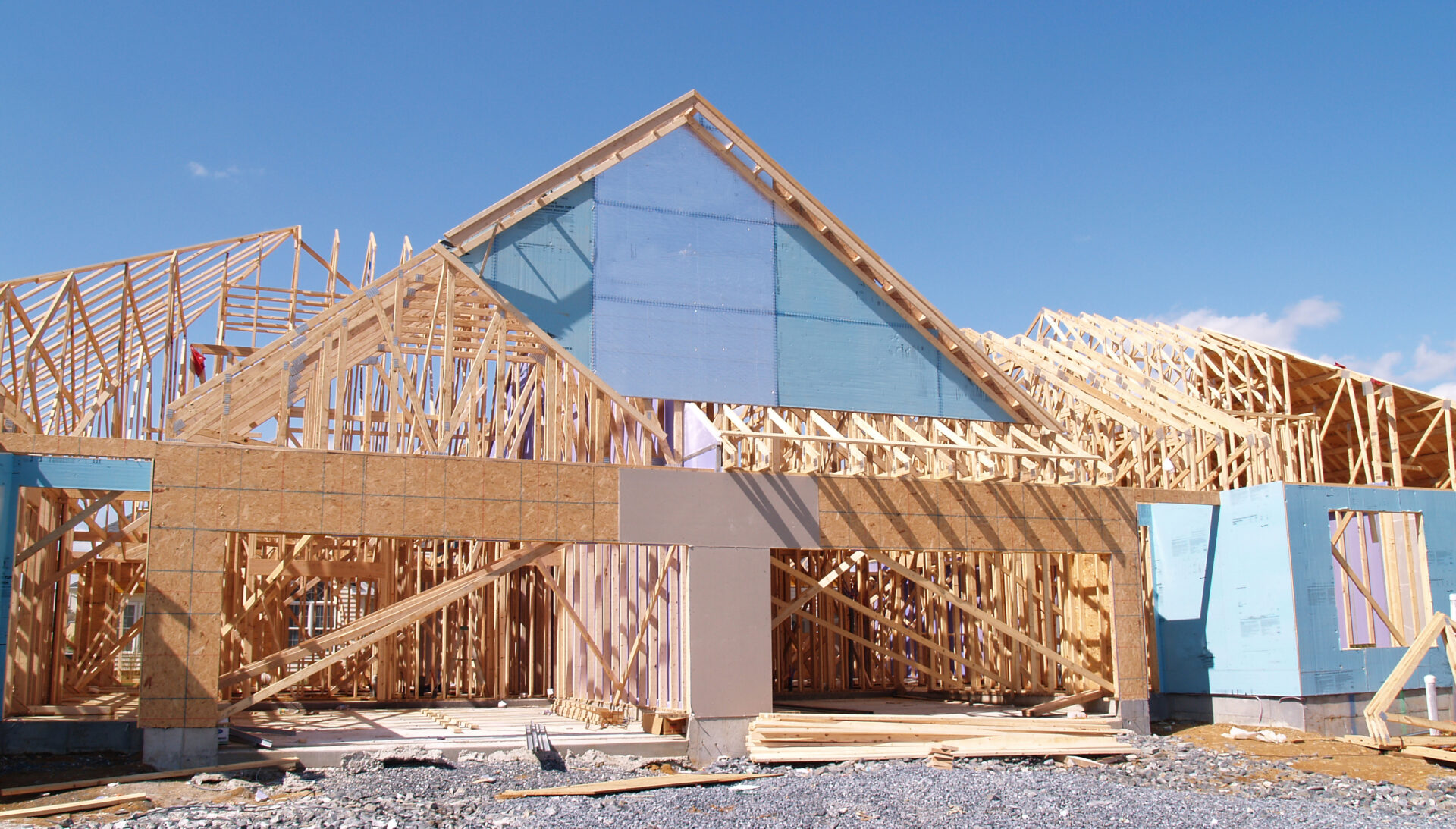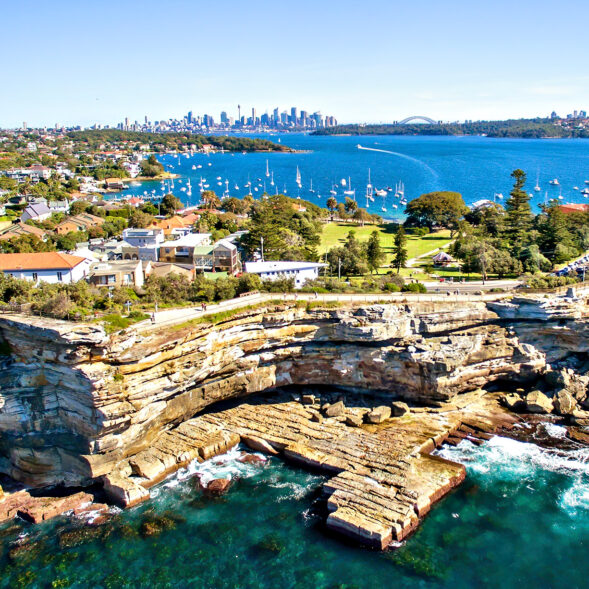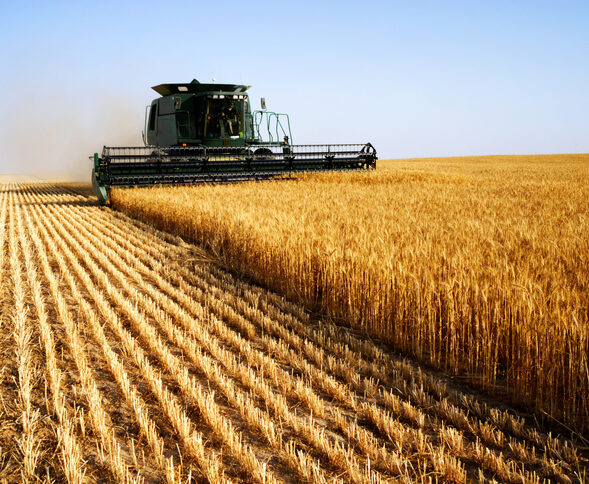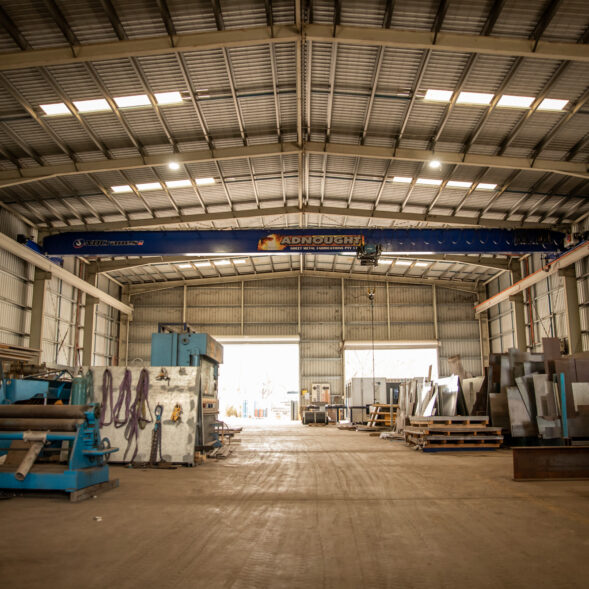The residential property market is affected by the same macro-economic factors across the country. Anyone needing to borrow money to purchase a property will be facing the challenge of higher mortgage repayments. Although there has been a pause in cash rate adjustments by the Reserve Bank (after twelve increases), inflation remains well above the target rate and further changes to the cash rate can’t be ruled out.
If you are a purchaser of vacant land, this is only one of several challenges. Construction costs have increased well above CPI, so once you have purchased the land to build your dream home, you need to find a builder who can construct it at a reasonable cost and in a reasonable timeframe. You will also need to live somewhere during construction and for many this means renting a home at a time when most markets are seeing significant rent increases. If you already own a home, your mortgage repayments will have been increasing. And then we are back to where we started – even though the rate of inflation is coming down, consumer prices are still going up and the general cost of living continues to present its own challenges.
So what does this all mean for the residential vacant land market and, in particular, land prices? As always, the answer to this question highlights the diversity of residential property markets in Australia and, in many cases, the resilience of those markets.
Land in master planned large subdivisions is potentially more affected by cost pressures. By their very nature, these subdivisions create a significant supply of residential blocks. Where these subdivisions are designed to increase the availability of housing at the lower end of the price scale, potential purchasers are more likely to be borrowing near the limit of their ability to service the loan and may be more affected by cost constraints. This can impact the volume of land sales and prices. An example from Rosemeadow in Sydney is a 546 square metre site that sold for $640,000 in January 2022 and resold in April 2023 for $580,000.
The demand for vacant residential land in established suburbs is still sufficient to offset cost pressures, due to the comparatively restricted supply of such sites. One such example is a 200 square metre block in Richmond (inner Melbourne) that sold for $1.34 million in February.
Downward pressure on the value of vacant residential land in rural living areas has been counteracted in many locations by a shortage of supply. These areas became popular during COVID and have remained so due to the lifestyle benefits of working from home. In many such areas the supply of vacant land with a dwelling entitlement is fixed – the zoning will not allow for the creation of more lots by subdivision. When such a residential block comes on the market, it is often sought after by many potential buyers whose competitive bidding results in short marketing periods and firm prices.
All of this is affecting buyer behaviour and some buyers are weighing up the costs and uncertainty of building and making the safer choice to purchase an established dwelling. Other buyers are purchasing land and waiting to build later, in the hope that construction costs will eventually fall. Whatever they choose to do, all potential buyers of vacant land are well advised to thoroughly research the market and building costs to make sure they can fund the construction project.
Kevin Brogan











